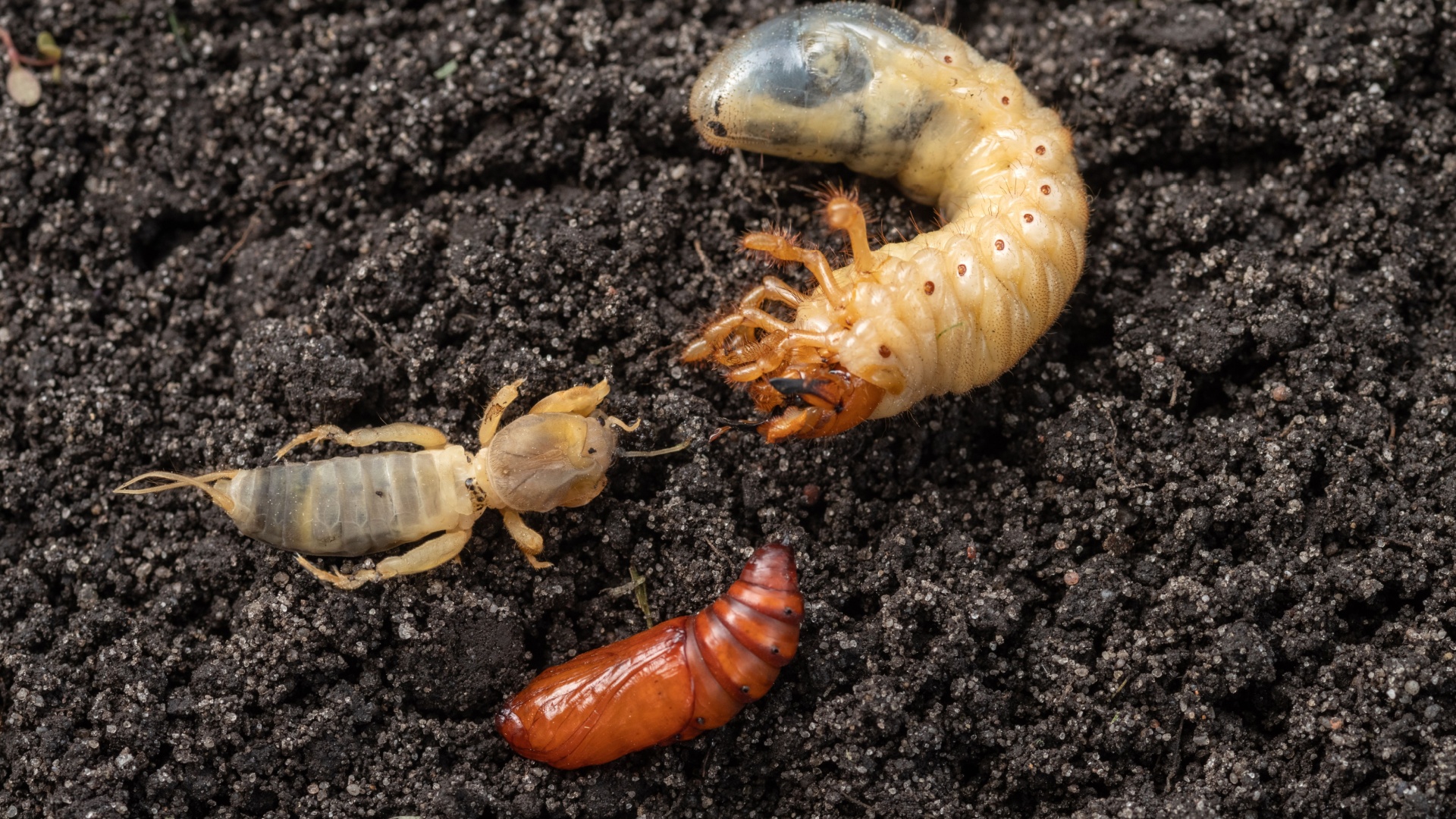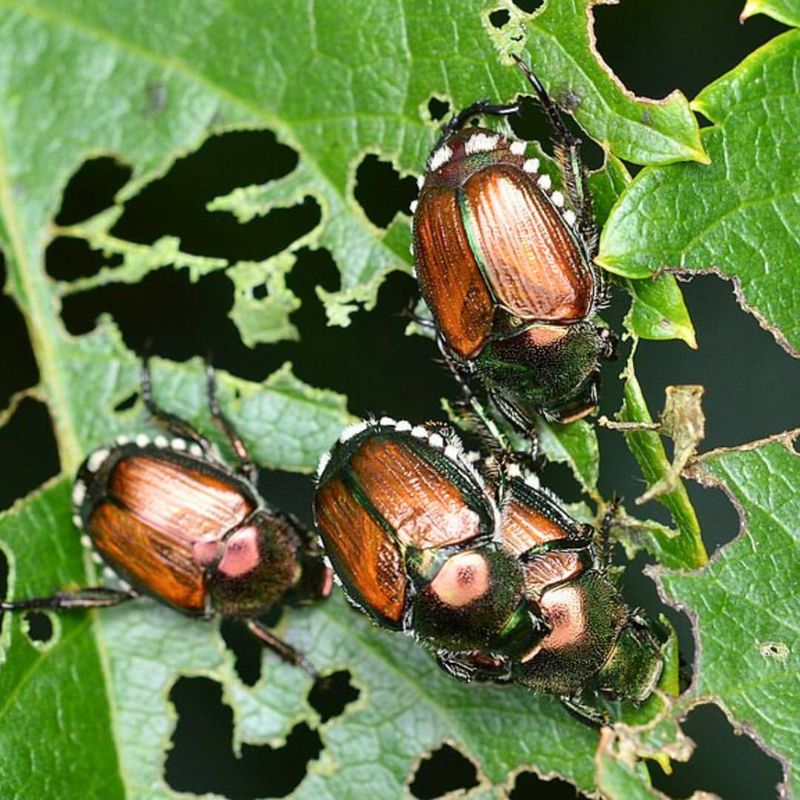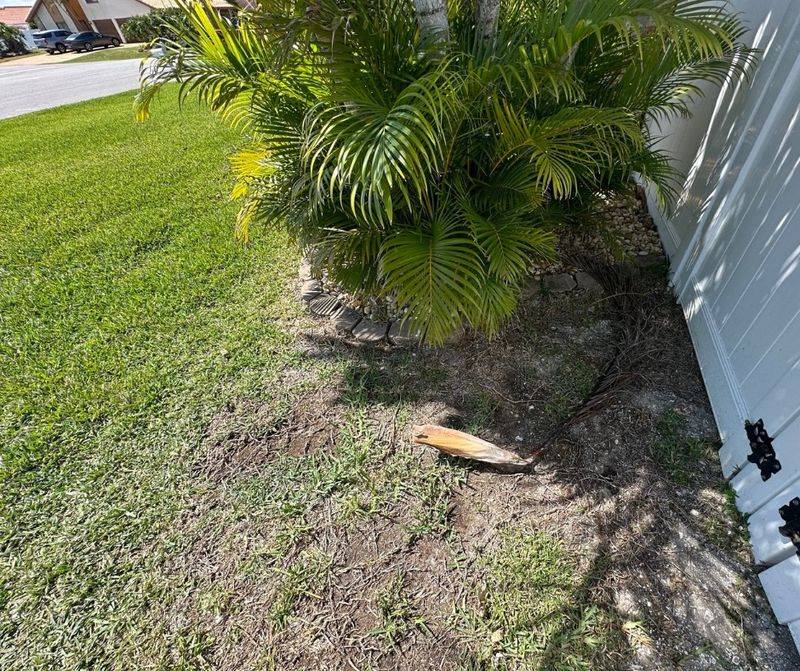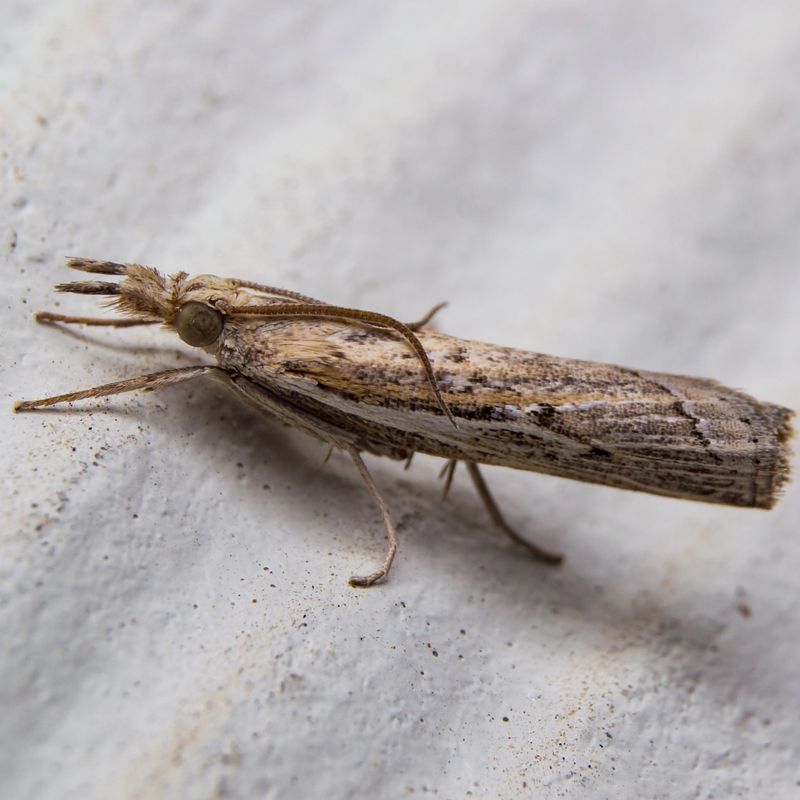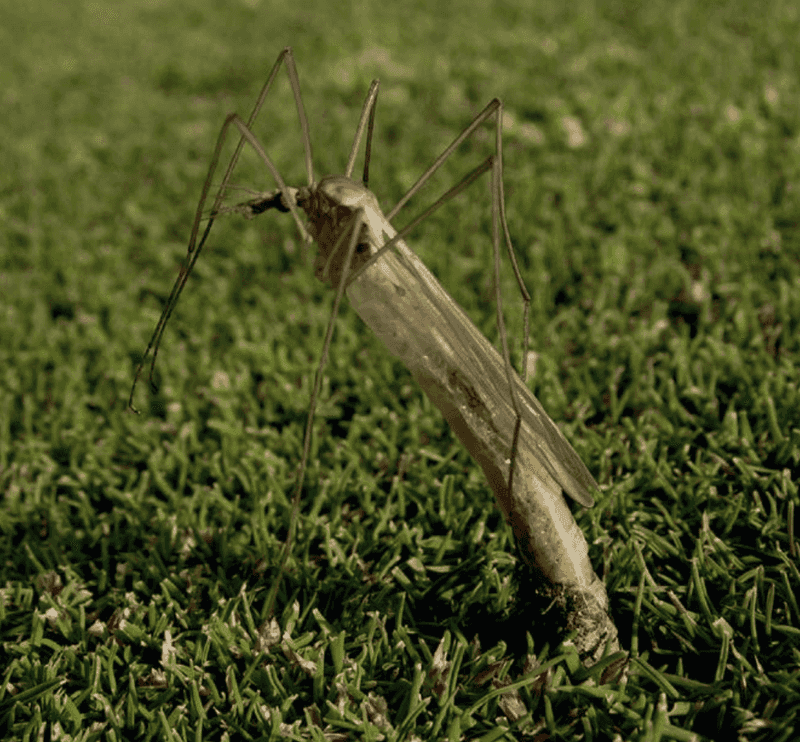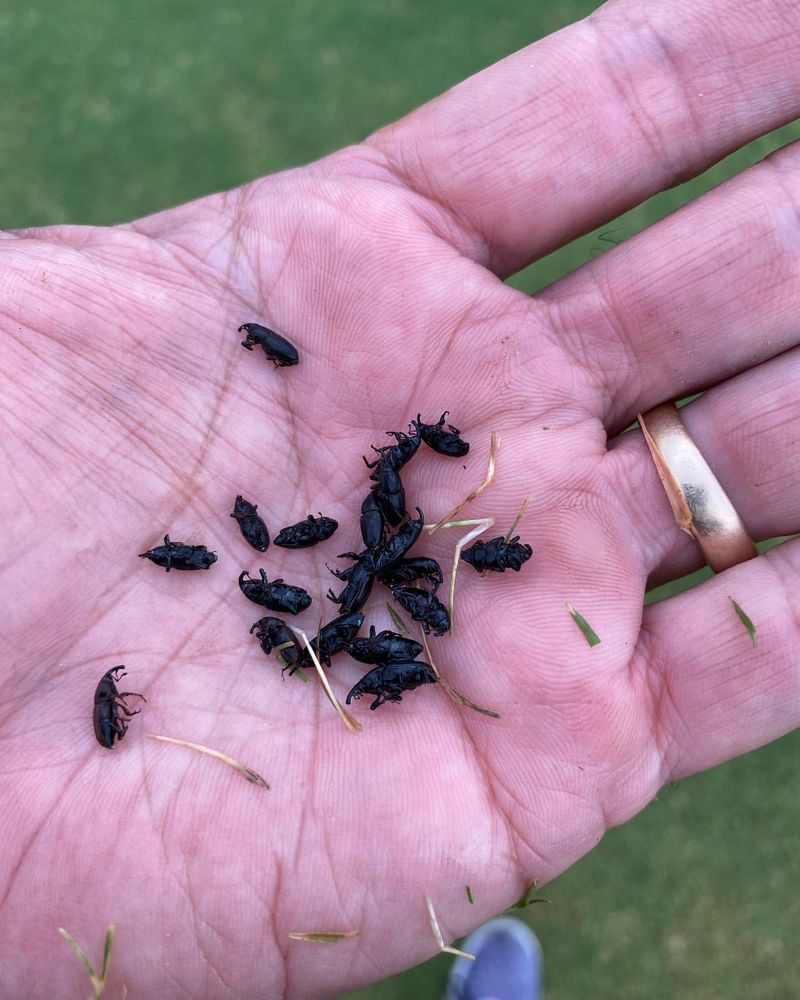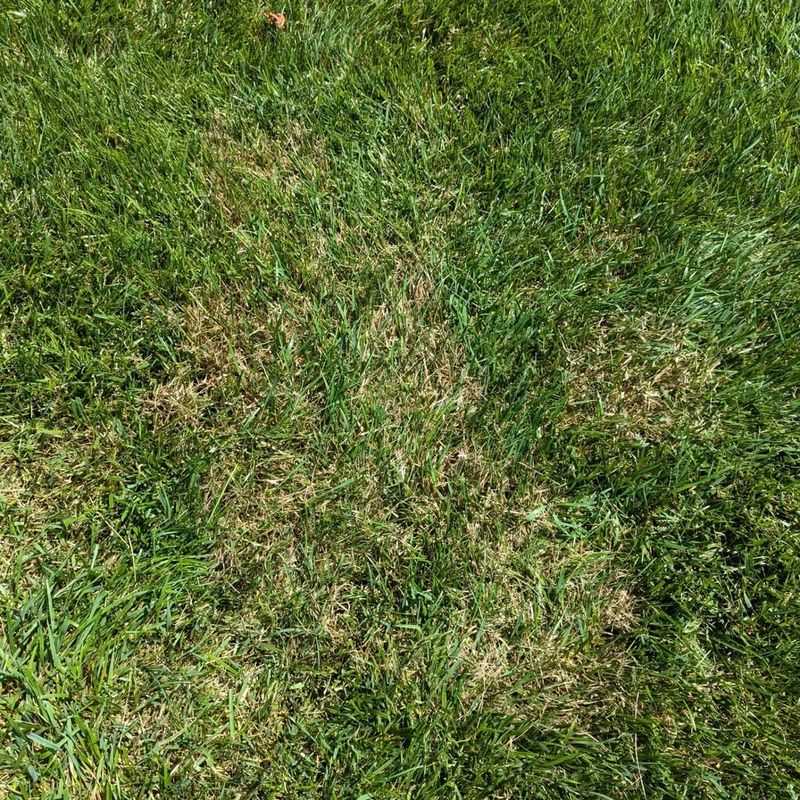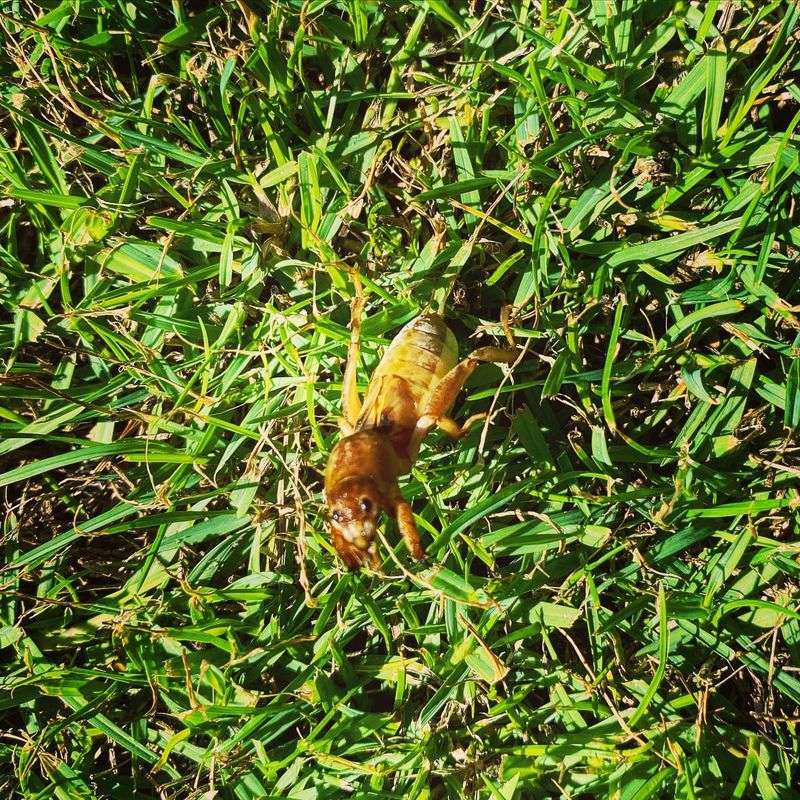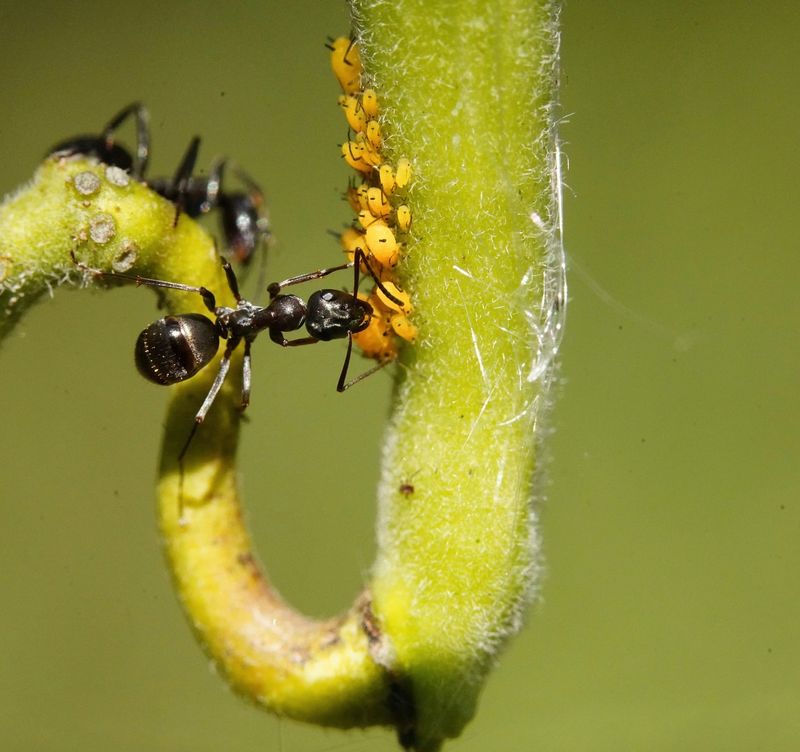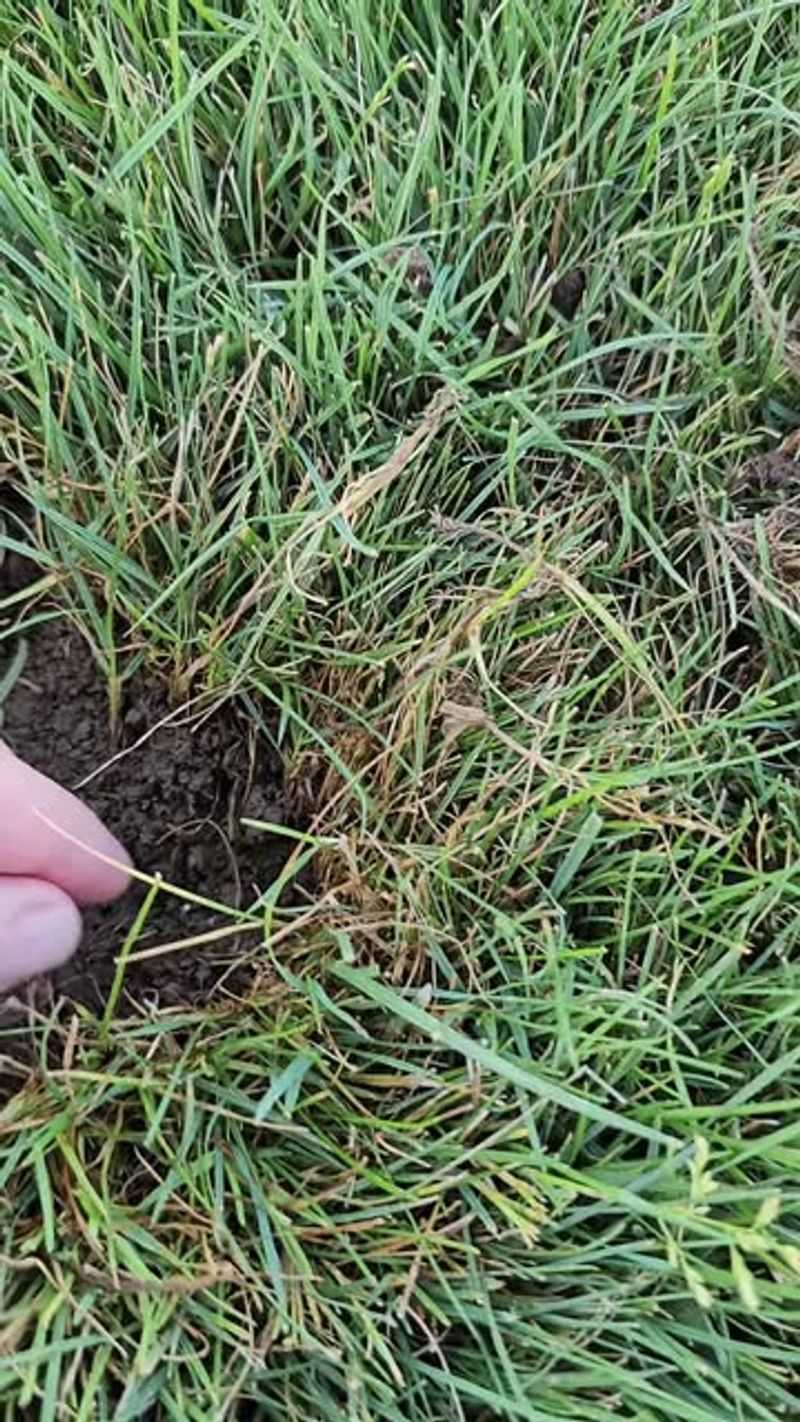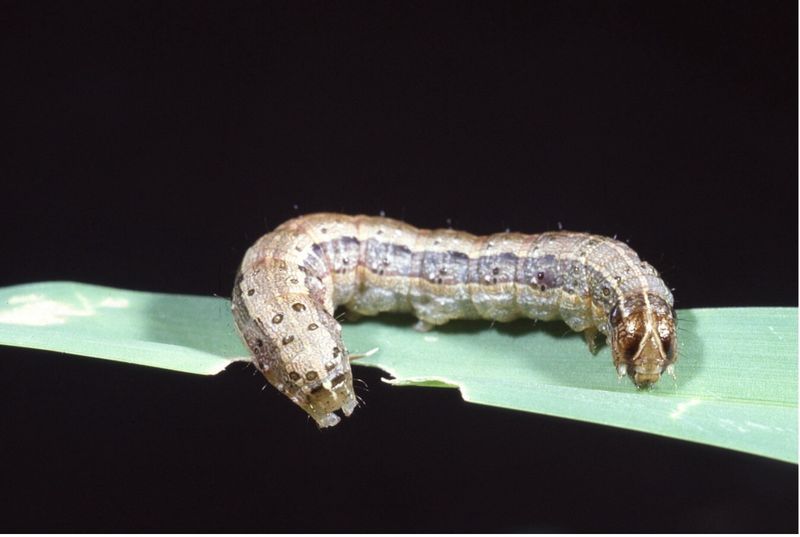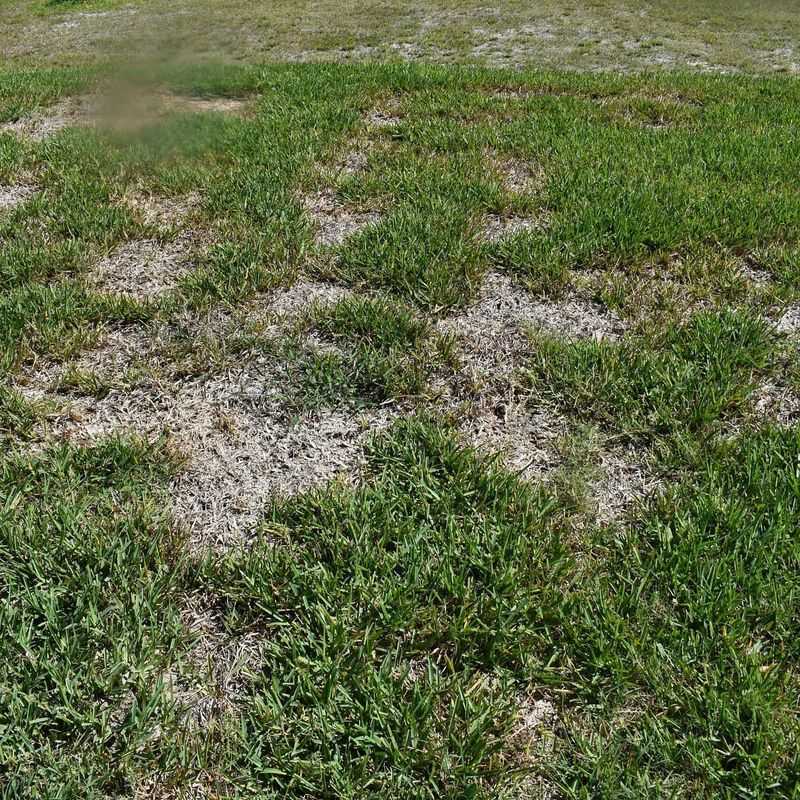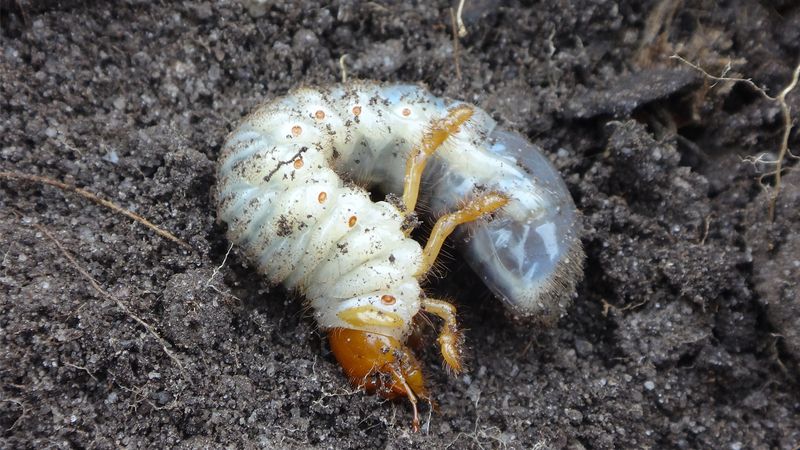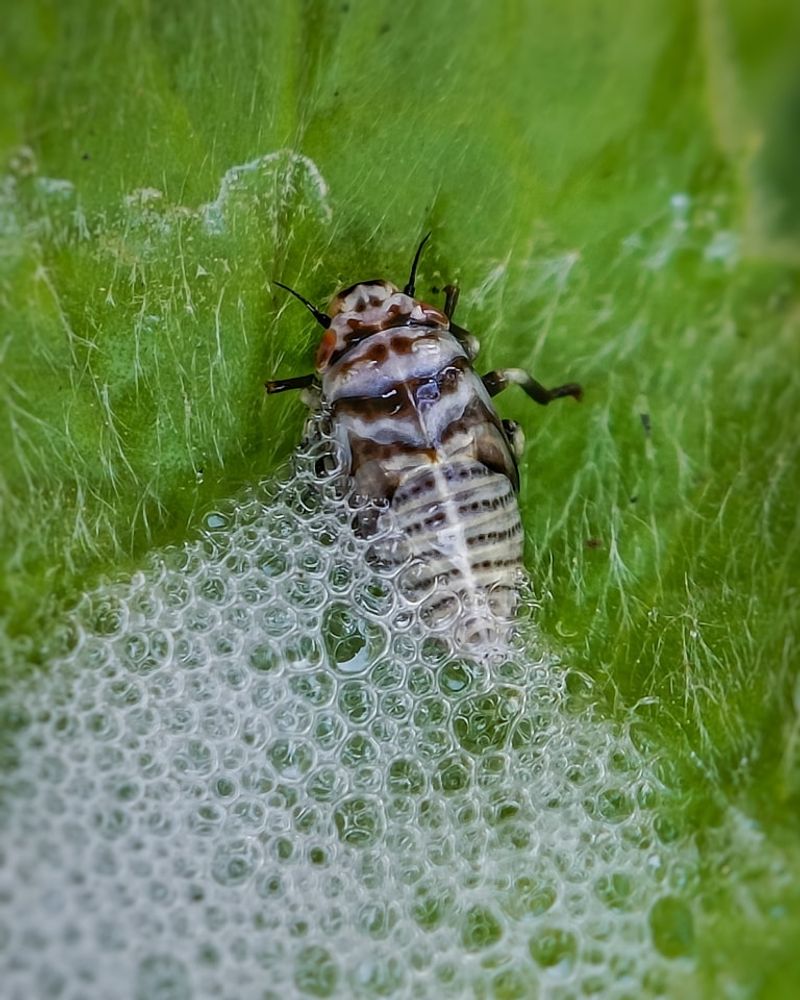You water, mow, and care for your lawn—but bugs still win. In Minnesota, certain pests quietly destroy grass from the roots up before you even spot the damage. If your yard is starting to look patchy or feels soft underfoot, it’s time to take action.
These common lawn invaders are ruthless, but with the right approach, you can stop the damage and bring your turf back to life.
1. Japanese Beetles
Adult Japanese beetles devour grass blades and flowers, leaving behind skeletal remains of once-beautiful plants. Their grubs attack from below, feeding on grassroots and creating dead patches across your lawn.
Combat these metallic green pests by treating your soil with milky spore disease or beneficial nematodes in spring. For adults, set up beetle traps away from prized plants to lure them away from your lawn.
2. White Grubs
Lurking beneath the surface, these C-shaped larvae of various beetles feast on grassroots, causing irregular brown patches that easily lift like a loose carpet. Birds and small mammals often dig up infested areas, creating additional damage.
Apply beneficial nematodes or grub-specific treatments in late summer when young grubs are most vulnerable. Water deeply but infrequently to discourage egg-laying females who prefer moist soil.
3. Chinch Bugs
Barely visible to the naked eye, these tiny black insects with white wings create yellowish-brown patches that expand rapidly during hot, dry weather. They suck sap from grass stems and inject toxins that block water movement.
Look for them by pushing an open-ended can into your lawn and filling it with water. Maintain proper watering schedules and apply insecticidal soap for mild infestations or targeted insecticides for severe cases.
4. Sod Webworms
Small, tan-colored moths fluttering above your grass at dusk signal trouble below. Their caterpillar offspring create brown patches by chewing grass blades at the thatch layer, leaving behind green pellets of frass.
Water your lawn in early morning to disrupt their nocturnal feeding patterns. For serious infestations, apply Bacillus thuringiensis (Bt), a natural bacteria that targets caterpillars without harming beneficial insects or pets.
5. European Crane Flies
Often mistaken for giant mosquitoes, these long-legged insects lay eggs that hatch into leatherjackets – grayish-brown larvae that feed on grassroots and crowns. Severe infestations cause thinning and dead patches, especially in shady, moist areas.
Reduce irrigation in fall when adults are active. Aerate compacted soil to improve drainage and apply beneficial nematodes in spring when larvae are actively feeding near the surface.
6. Billbugs
Small weevils with distinctive snouts, billbugs chew into grass stems to deposit eggs. Their larvae then feed inside stems before moving to the soil to attack roots, creating straw-colored turf that doesn’t respond to watering.
Pull on damaged grass – if it breaks easily at soil level with sawdust-like frass, billbugs are your culprit. Apply preventative insecticides in late spring when adults become active or use endophyte-enhanced grass seed varieties that naturally repel these pests.
7. Cutworms
Gardeners often notice these fat, gray-brown caterpillars curled into C-shapes when disturbed in the soil. Active at night, they emerge to cut grass stems at ground level, creating small, circular dead spots throughout the lawn.
Encourage natural predators like birds and beneficial insects by avoiding broad-spectrum pesticides. Apply diatomaceous earth around damaged areas or use targeted biological controls like Bt when cutworms are actively feeding.
8. Mole Crickets
Strange-looking insects with shovel-like front legs, mole crickets tunnel just below the surface, uprooting grass and disrupting root systems. Their distinctive raised tunnels create spongy, uneven turf that dries out quickly.
Listen for their chirping calls on spring evenings to confirm their presence. Apply beneficial nematodes or create a soap flush by mixing 2 tablespoons of dish soap with 2 gallons of water and pouring over suspected areas to bring them to the surface.
9. Armyworms
Moving in destructive groups like their namesake, these striped caterpillars can devour large sections of lawn overnight. During severe outbreaks, you’ll actually see them marching across your grass, leaving brown, closely-cropped patches behind.
Monitor for small birds flocking to your lawn – they’re often the first sign of an infestation. Apply Bacillus thuringiensis (Bt) spray in early morning or evening when caterpillars are actively feeding for best results.
10. Ants
While not directly damaging grass, certain ant species create unsightly mounds that smother turf and interfere with mowing. Some species also farm aphids or other sap-sucking insects that weaken grass plants.
Rather than reaching for chemical killers, try pouring boiling water directly into mounds or applying food-grade diatomaceous earth around affected areas. For persistent colonies, use bait stations that workers carry back to the queen.
11. Bluegrass Billbugs
Specializing in Kentucky bluegrass, these small dark weevils create distinctive damage patterns where grass pulls out easily with no roots attached. Larvae are legless, white grubs with brown heads that feed inside stems before moving to crowns and roots.
Maintain proper mowing height of at least 3 inches to encourage deeper, more resilient root systems. Apply preventative treatments in early spring when adults emerge or overseed with resistant grass varieties like perennial ryegrass.
12. Fall Armyworms
Unlike their spring counterparts, fall armyworms appear in late summer and early autumn, causing rapid and severe damage. Identified by an inverted Y-shape on their heads, these voracious eaters can destroy entire lawns in days.
Sweep a white sheet across suspicious areas to check for caterpillars. Apply insecticidal treatments in late afternoon when they become active, focusing on lawn perimeters first to prevent migration from neighboring properties.
13. Turfgrass Scale
Often overlooked due to their tiny size, these immobile insects attach to grass blades and suck plant juices, causing yellowing and thinning. Their protective waxy coverings make them resistant to many contact insecticides.
Reduce thatch through regular dethatching and aerating. Apply horticultural oils when nymphs (crawlers) are active in early summer – their mobile stage before developing protective coverings. Avoid excessive nitrogen fertilization which can increase susceptibility.
14. Masked Chafers
Adult beetles are rarely noticed, but their grubs cause significant damage to Minnesota lawns from late summer through fall. Unlike Japanese beetle grubs, masked chafer larvae specifically target turfgrass roots, creating irregular dead patches.
Apply milky spore or beneficial nematodes in early summer before damage becomes visible. Maintain healthy soil with regular aeration and proper pH levels to encourage natural predators like ground beetles that feed on chafer grubs.
15. Spittlebugs
Recognized by the frothy, spittle-like masses they create as protection, these sap-sucking insects rarely cause severe damage but can weaken grass during dry periods. The nymphs hide inside the foam while feeding on plant juices.
Most lawns can tolerate moderate spittlebug populations without treatment. If damage becomes noticeable, simply spray affected areas with a strong stream of water to disrupt their protective covering and expose them to predators and the elements.

